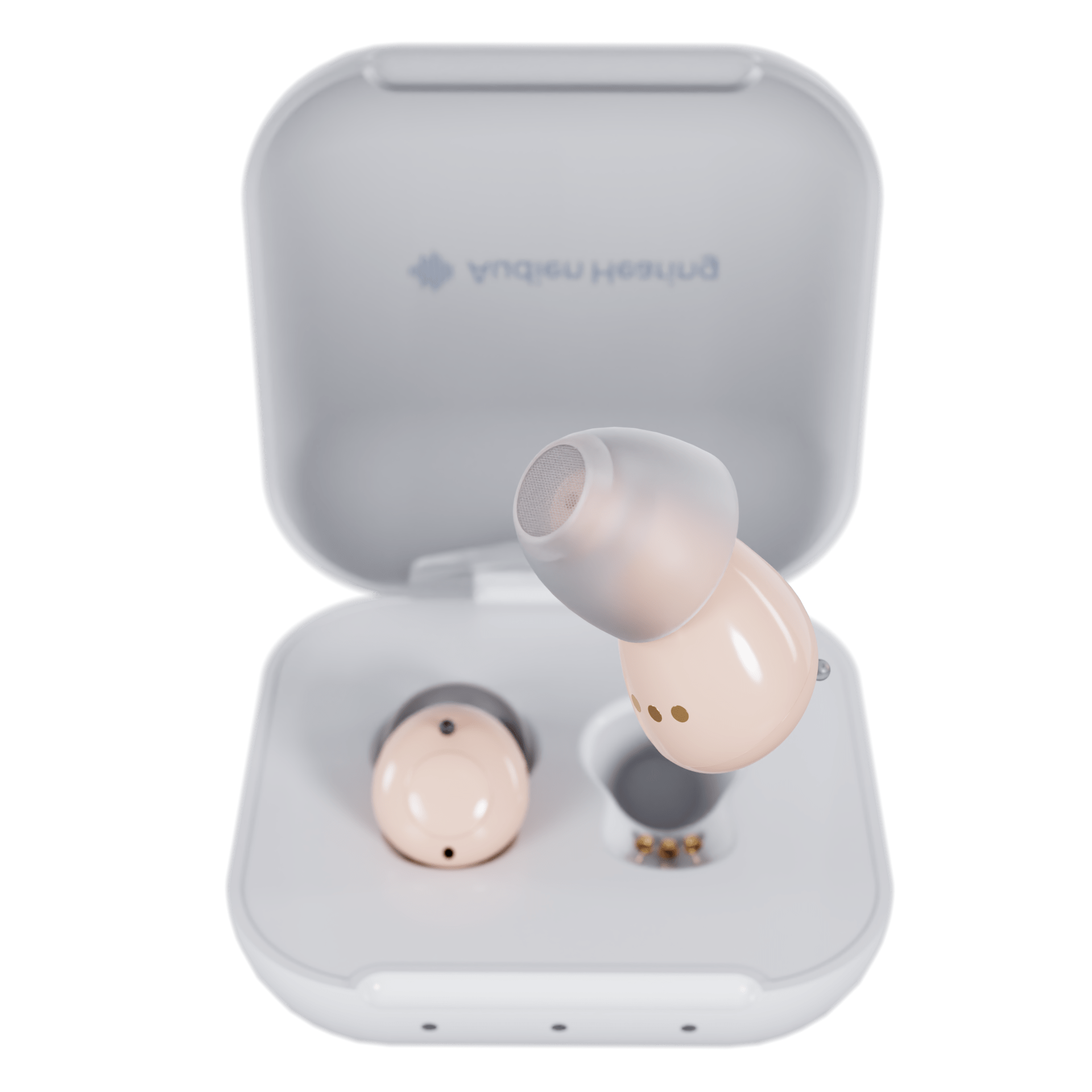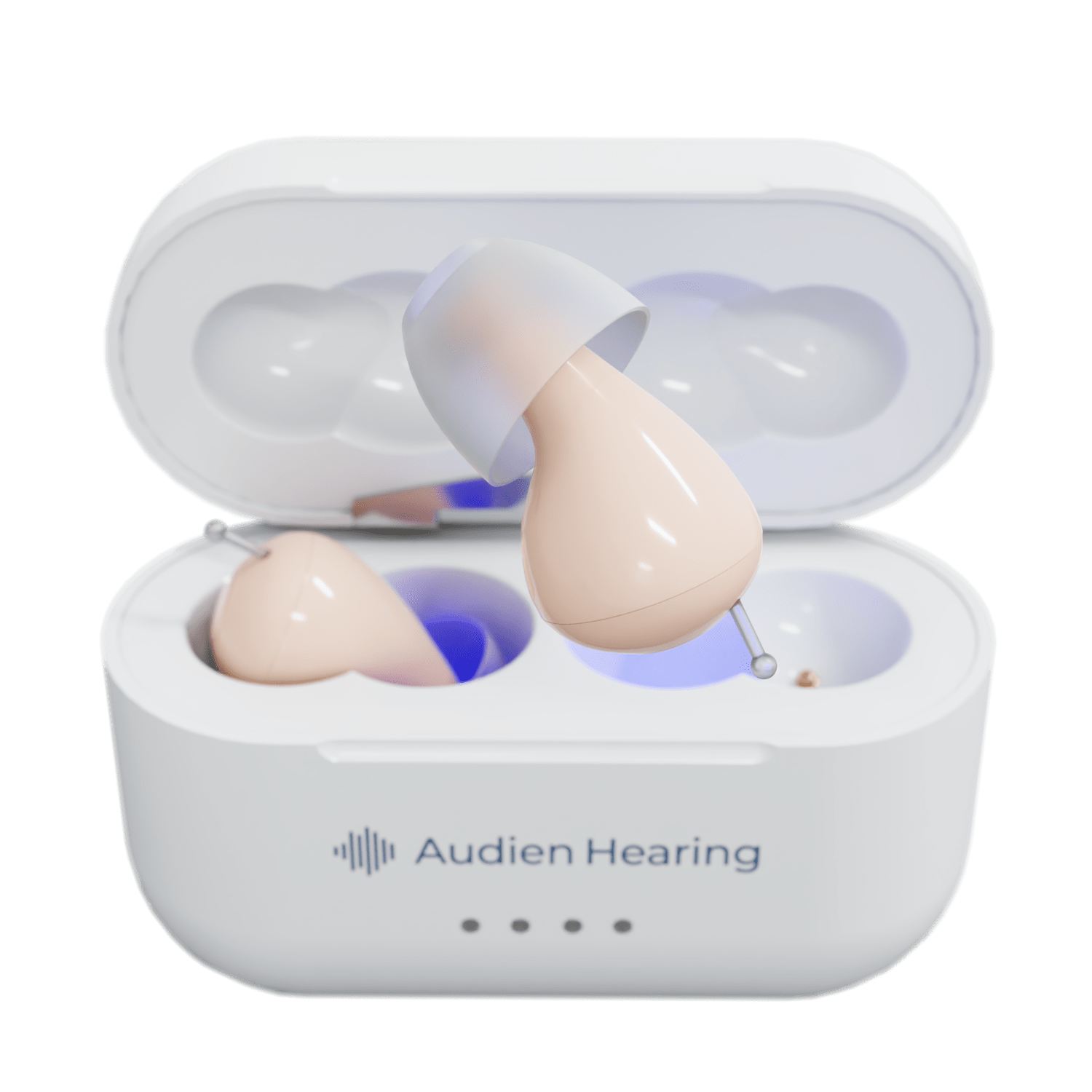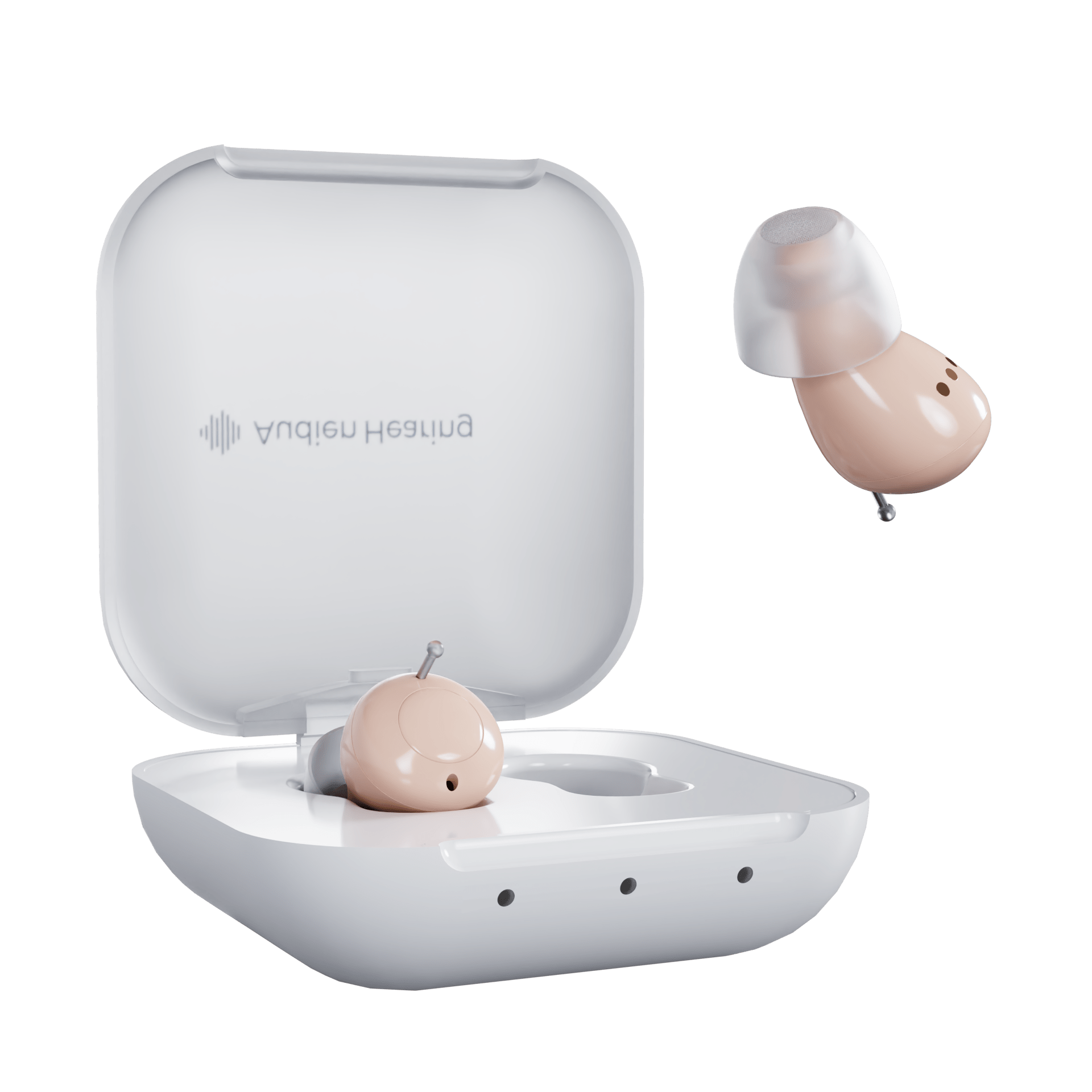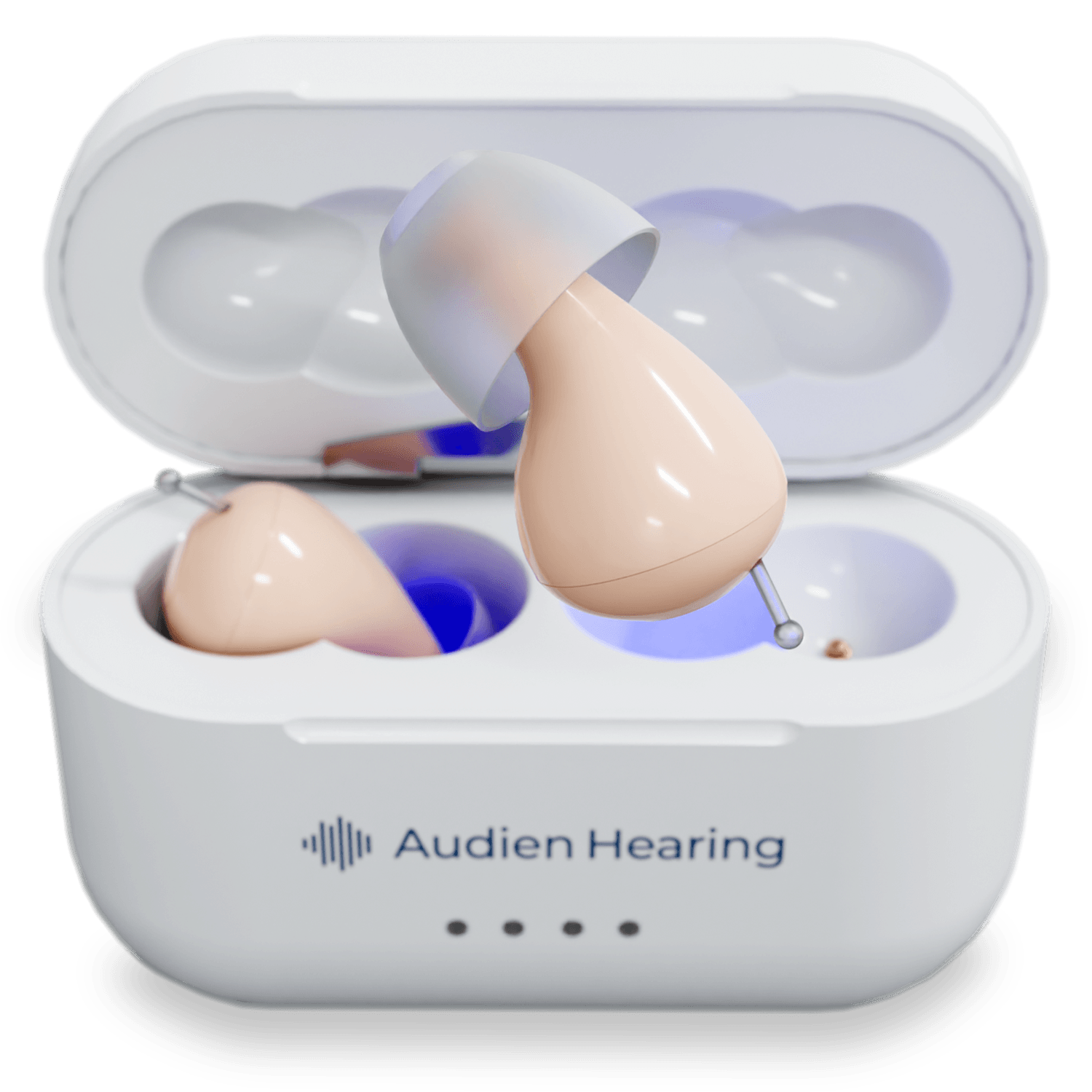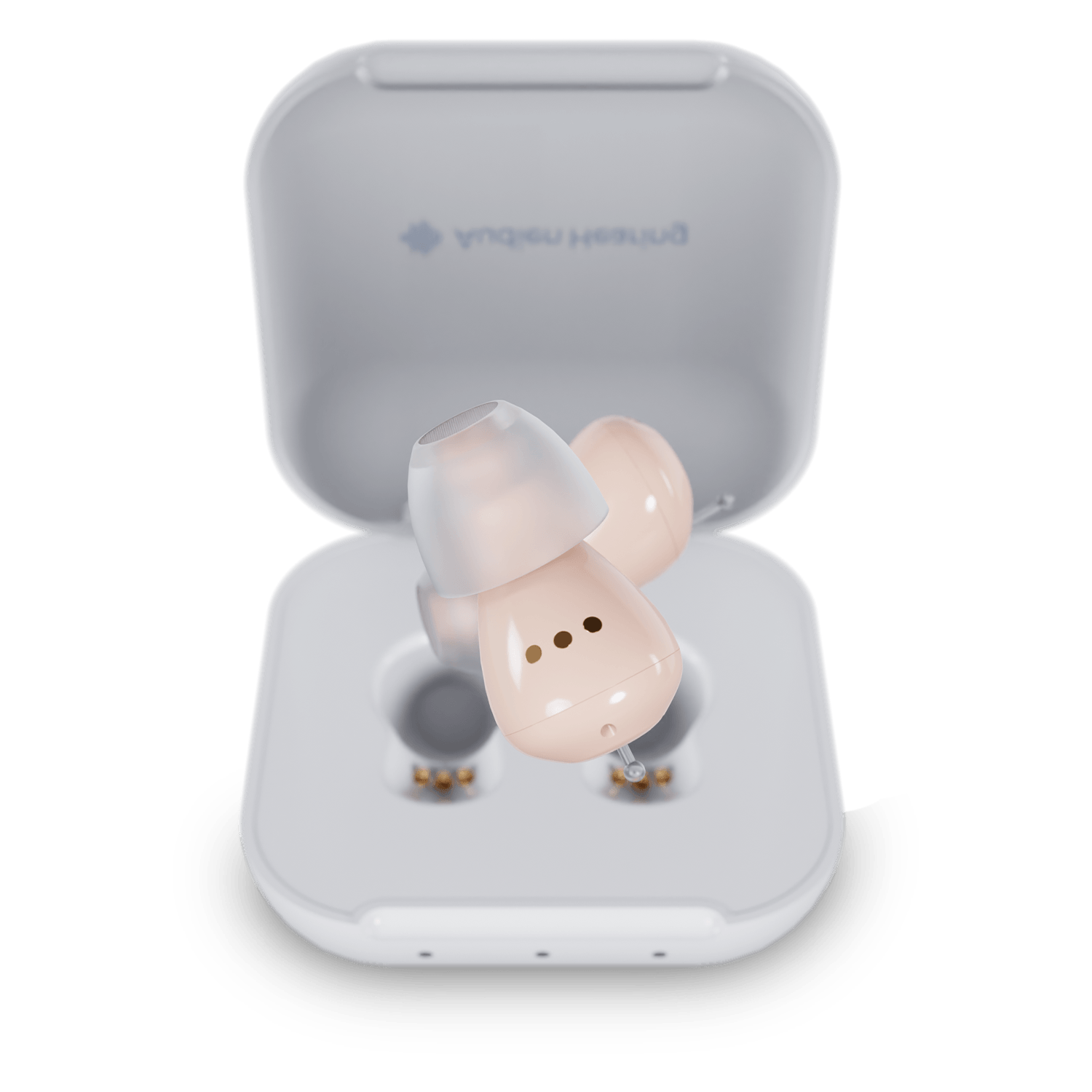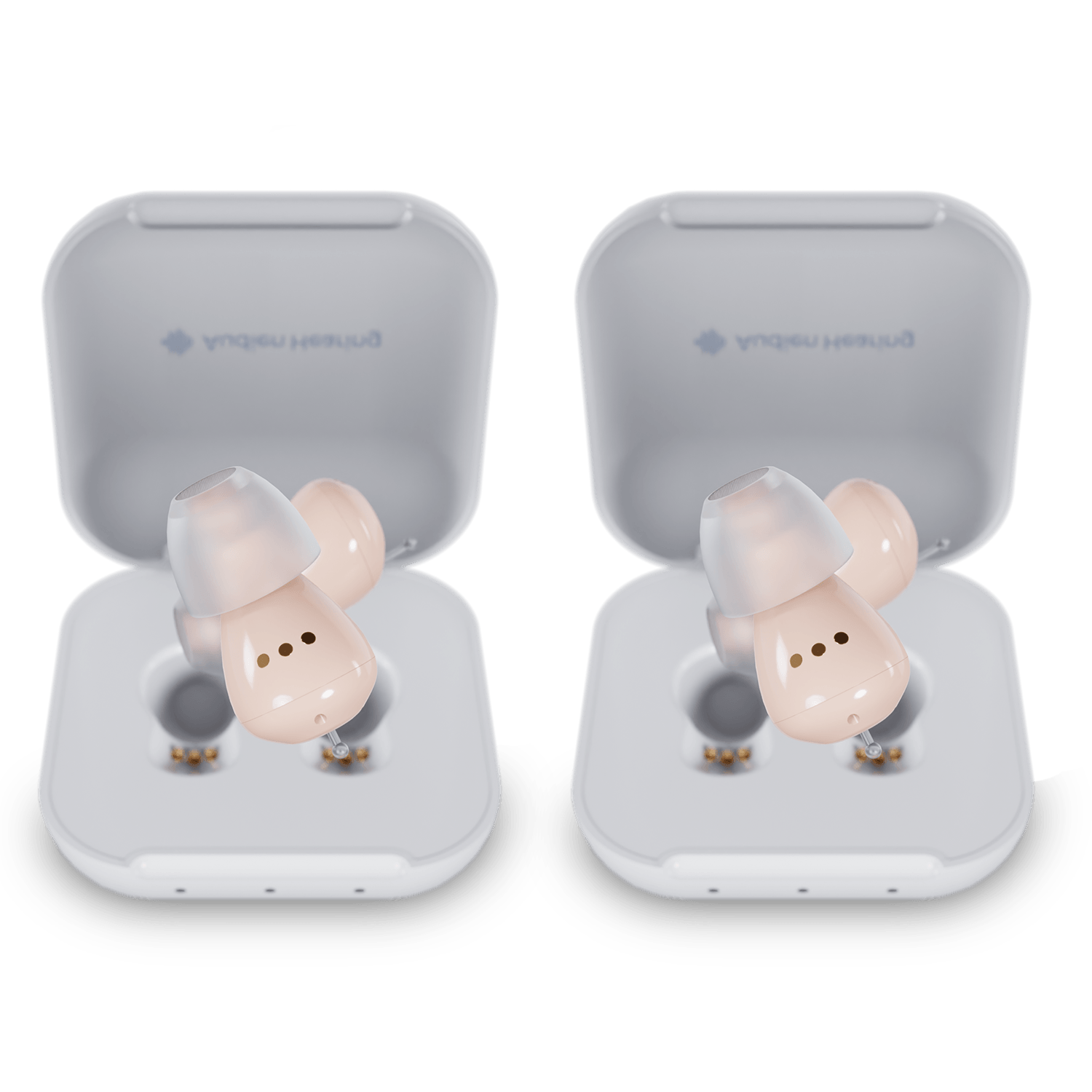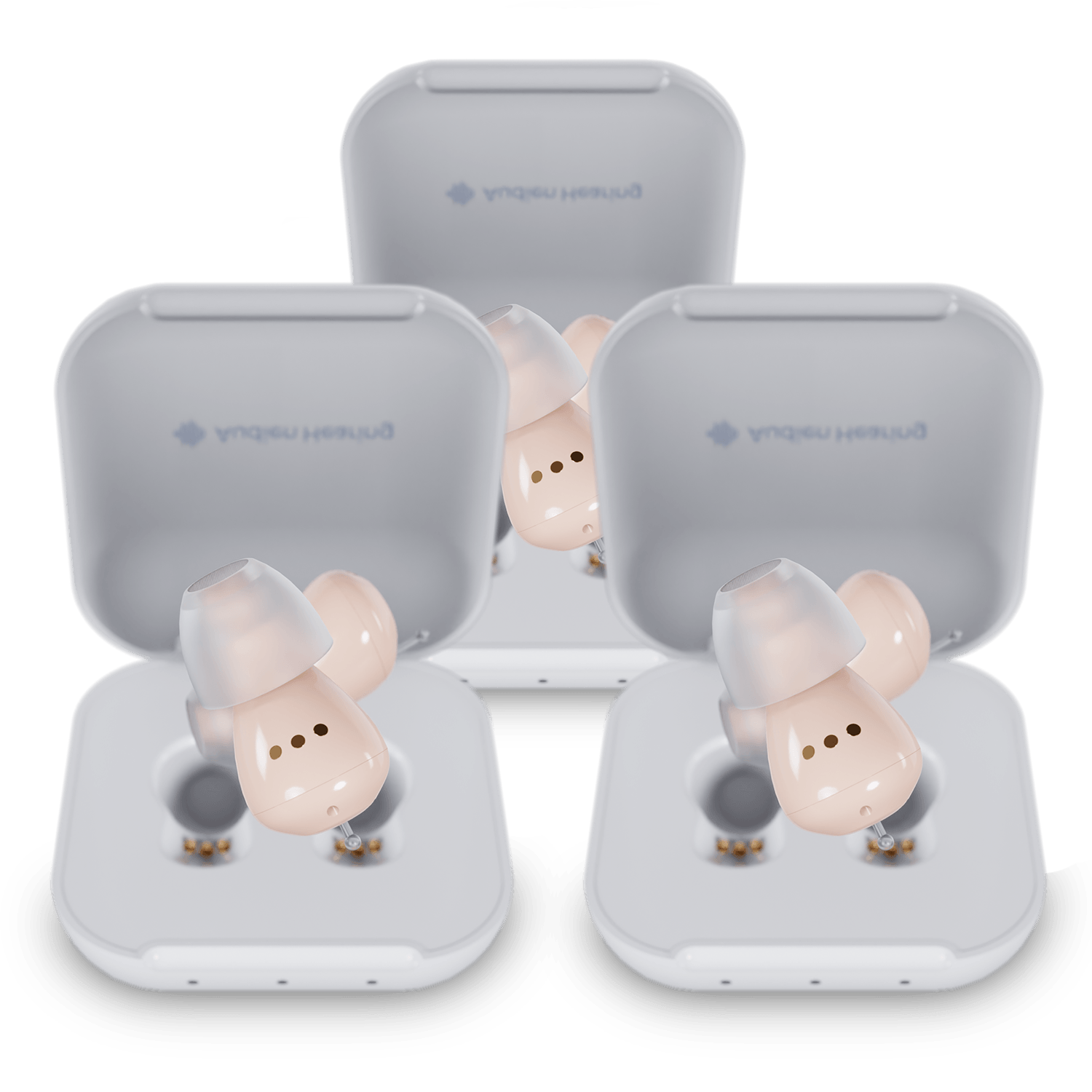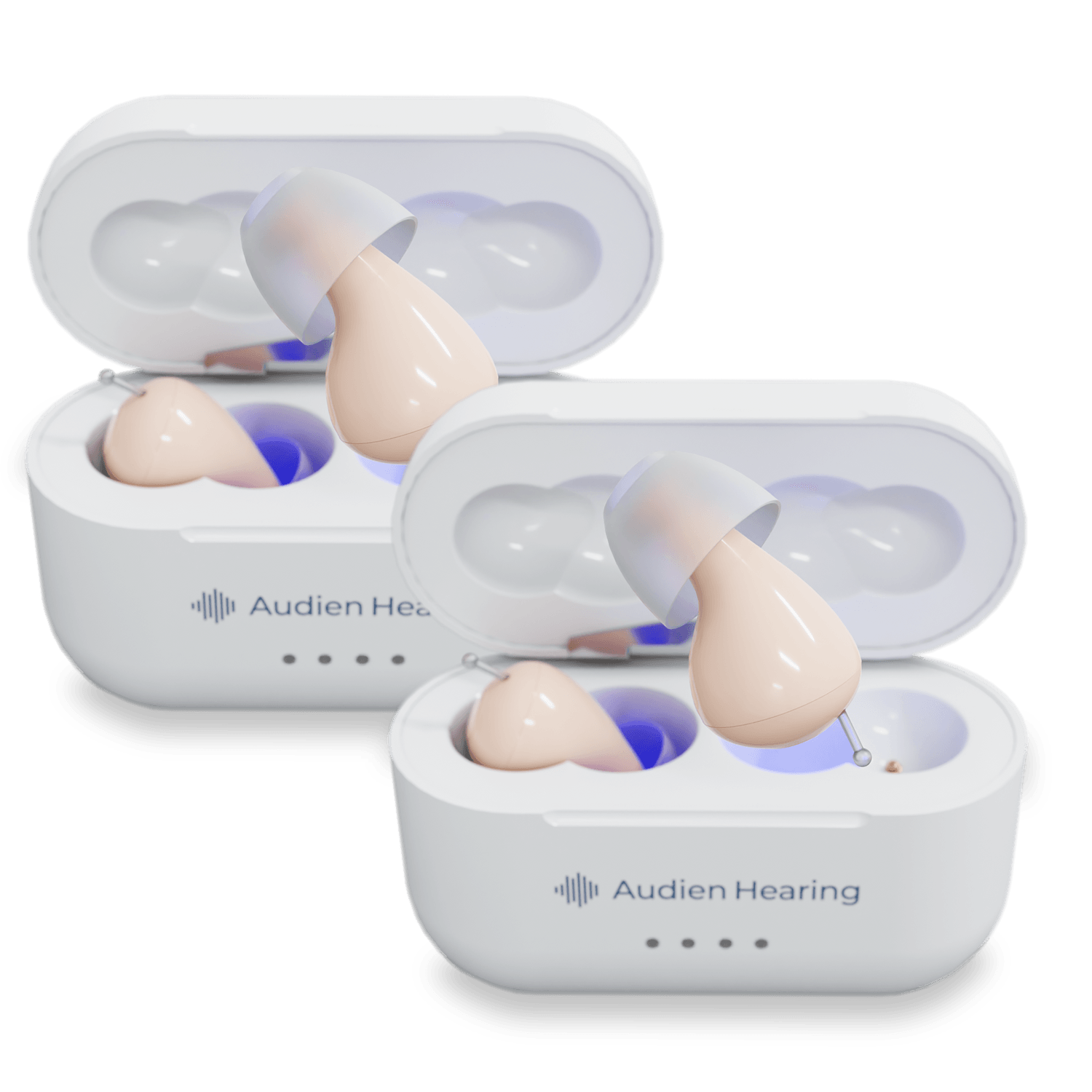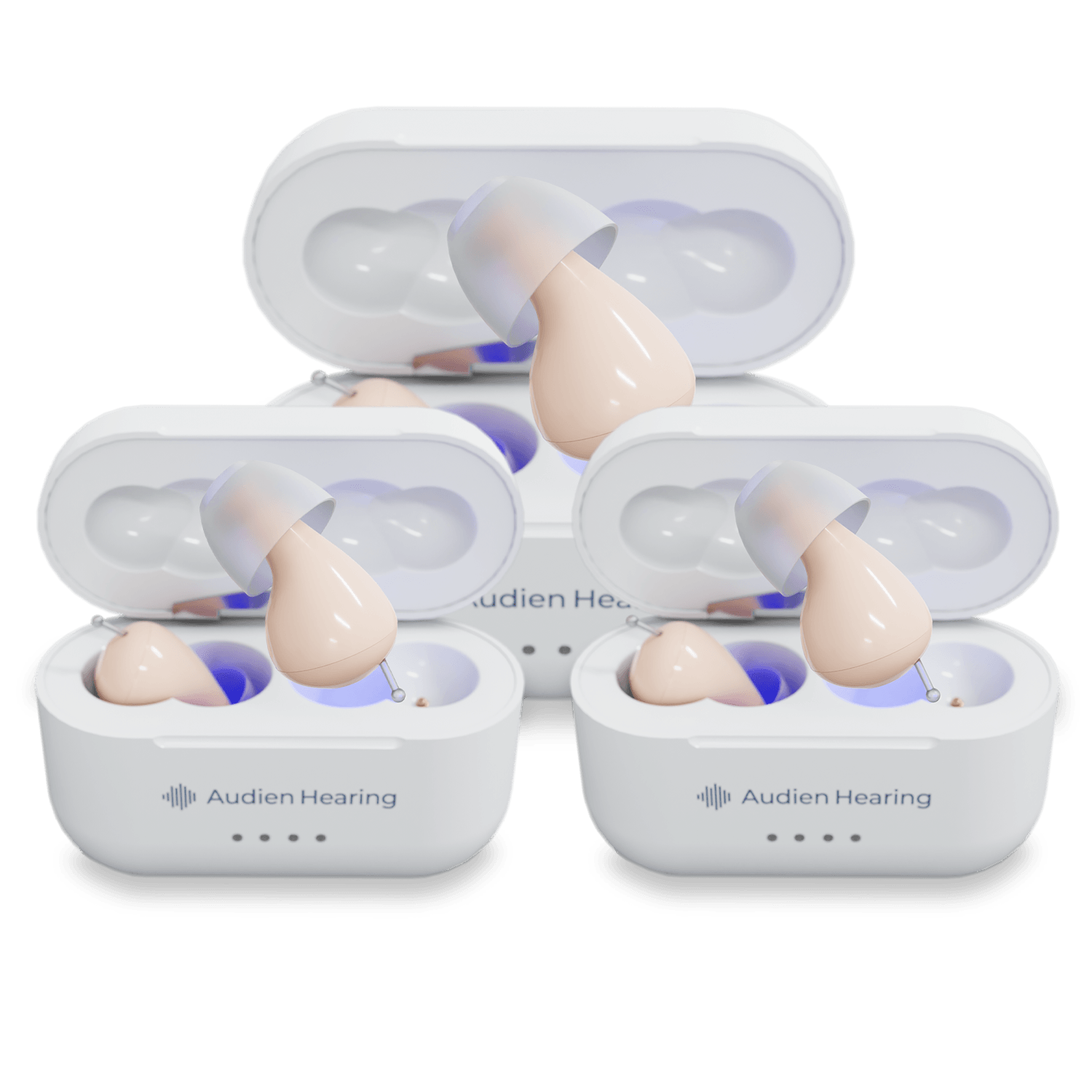“Patients with hyperacusis are some of my most challenging patients. The causes and treatment may be more like figuring out a medical ‘whodunit.’ I cannot stress enough to patients that they need a full ENT and audiologic evaluation to determine the cause, in order to find some solutions.” - Drew Sutton, MD, Board-Certified Otolaryngologist
This complexity allows people to quickly discern sounds within the environment—but it also opens the door for something to go awry. One such disruption is hyperacusis, an auditory condition in which a person perceives everyday sounds as uncomfortably or painfully loud.
Once thought to be rare, hyperacusis is now recognized as more common, especially among those with tinnitus, neurological conditions, or sensory disorders. It can affect people of all ages, and understanding its potential causes and treatments can help you or your loved ones find relief.
Hyperacusis is generally recognized as a rare disorder, but it can affect people of all ages. Being aware of hyperacusis and the different treatment options can allow you to make better decisions regarding your care or a loved one who may have hyperacusis.
Below is a closer look at hyperacusis, the potential causes of hyperacusis, what effects hyperacusis can have on your life, and the potential treatments.
What Is Hyperacusis?

Hyperacusis is a condition in which everyday sounds are perceived as abnormally loud, uncomfortable, or even painful. This reduced tolerance to sound can interfere with daily life and often causes emotional distress or physical discomfort in response to sounds that others find tolerable.
Reactions vary from mild discomfort to significant aversion or anxiety, depending on the severity of the condition and the specific sound triggers involved.
There are different subtypes of hyperacusis, which may present slightly differently but share the common feature of increased sound sensitivity.
Cochlear Hyperacusis
Cochlear hyperacusis refers to cases in which increased sensitivity to sound appears linked to dysfunction within the auditory system itself—often involving the cochlea or auditory nerve pathways.
People with this form of hyperacusis may experience discomfort or pain from relatively quiet sounds like running water, clinking dishes, or footsteps. The perceived loudness may not match the actual decibel level, which can make everyday environments overwhelming.
Vestibular Hyperacusis
Vestibular hyperacusis involves a vestibular (balance system) response to sound. Instead of (or in addition to) perceiving sound as painfully loud, individuals may feel dizzy, off-balance, nauseated, or spatially disoriented when exposed to certain sounds.
This form is less common and is sometimes linked to inner ear disorders that affect both the auditory and vestibular systems.
Causes
The exact causes of hyperacusis are still being researched. It’s believed to involve abnormal neural gain or heightened central auditory processing—meaning the brain amplifies sound signals more than necessary, often due to a breakdown in normal sound regulation mechanisms.
Although a single root cause is not always identified, hyperacusis has been linked to several conditions:
Migraines
Migraines can heighten sensitivity to various stimuli, including sound (phonophobia). In some individuals, this hypersensitivity persists between migraine episodes and may resemble hyperacusis. While not the same condition, there can be overlap.
Tinnitus
Tinnitus (ringing in the ears) and hyperacusis frequently co-occur. Some research suggests up to 80% of people with hyperacusis also report tinnitus, though the relationship between the two is still being studied. Both may stem from similar changes in auditory processing in the brain.
Head Injury
Traumatic brain injuries (TBIs) or concussions can disrupt central auditory processing and increase sensitivity to sound. Post-TBI hyperacusis can vary in severity and duration and may improve over time with treatment or recovery.
Other Potential Causes of Hyperacusis
-Temporomandibular joint (TMJ) disorder
-Lyme disease
-Bell’s palsy
-Tay-Sachs disease
-Williams syndrome
-Post-traumatic stress disorder (PTSD)
-Chronic fatigue syndrome
-Depression
-Hyperacusis can also lead to phonophobia which is th fear of normal sounds.
Impact of Hyperacusis

Hyperacusis can place a significant burden on your day-to-day life. Normal sounds such as traffic, a cash register, or the clanking of dishes can be so irritating and loud to a point where it can begin to affect you negatively or even lead to pain.
From a generalized wellbeing perspective, hyperacusis has the potential to be debilitating and cause strain for your relationship, mental well-being, and overall health. There are many impacts, and below is a closer look at some specific ways that hyperacusis can impact your life.
Distracting
One large debilitating aspect of hyperacusis is that it can take over your attention, affecting your ability to be productive and get your work done. Staying focused can already be hard enough, and when you add a hypersensitivity to noise, this increases the distraction factor significantly.
Many distractions can simply be ignored, but with hyperacusis, it can be difficult to just move on from it as the sound grabs your attention, and the loud perception of the sound is just too great to ignore.
Social Avoidance
Another aspect of hyperacusis is that many people elect to schedule their life around when they can get things done with the least amount of noise exposure. Going grocery shopping in the middle of traditional workdays, opting not to go to social gatherings, and slowly closing yourself off can negatively impact your social land mental wellbeing.
Relationship Strain
Another aspect that hyperacusis can affect is relationships. For those with hyperacusis, it can be difficult living with others as small everyday noises can set off pain, annoyance, and other negative feelings.
Having those you love around you can be therapeutic, but in the case of severe hyperacusis, if they are not as quiet as a mouse, they may cause undue pain by accident. Additionally, the negative emotional toll that hyperacusis can bring can make you more on edge than you would be otherwise.
Treatments
Hyperacusis treatment depends on the underlying cause and individual needs. While there’s no universal cure, many people benefit from approaches like sound therapy, counseling (such as CBT), and gradual sound desensitization to help improve tolerance.
If hyperacusis stems from another condition—like a head injury or migraine—treating that condition can reduce symptoms. When no clear cause is found, management focuses on building tolerance and reducing emotional distress.
An ENT or audiologist will typically review your medical history, assess symptoms, and perform a hearing evaluation. Based on findings, they may recommend sound therapy programs, counseling, or specialized sound-tolerance devices. Medications are sometimes used to address co-occurring issues but aren’t a primary treatment.
It’s always best to have a medical professional monitor your situation and adjust treatment as needed.
Ear Filter
Some individuals with hyperacusis choose to wear earplugs frequently to avoid uncomfortable sounds. While this may offer short-term relief, overuse of earplugs in everyday environments can actually worsen sound sensitivity over time. The brain may become less tolerant to typical sound levels when it’s constantly deprived of auditory input.
An alternative option includes specialized ear filters, which reduce harsh or triggering sounds while still allowing some natural environmental sound to pass through. These filters can offer a more balanced way to navigate daily life, especially in moderately noisy environments. However, they should be used thoughtfully and ideally under guidance from a hearing professional to avoid reinforcing sound intolerance.
Sound Therapy
Sound therapy is a widely recommended approach to help individuals with hyperacusis build tolerance to everyday sounds. This involves the gradual and controlled introduction of ambient or soft background sounds, either through devices or guided programs, with the goal of retraining the brain’s response to noise.
Approaches like Tinnitus Retraining Therapy (TRT), desensitization therapy, and cognitive behavioral therapy (CBT) can all be part of a comprehensive treatment plan. These therapies work by helping the brain reframe its emotional and physiological response to sound, ultimately reducing discomfort and improving quality of life. An audiologist or hearing care provider can help guide the process and recommend appropriate sound sources and strategies.
Conclusion
In summary, hyperacusis is a hearing condition that causes normal sounds to be perceived as loud, irritating, and even painful. While there are several conditions that hyperacusis is linked to, the true underlying mechanism of how hyperacusis forms are largely unknown. What is known is that treating the underlying cause can help hyperacusis, but for those without an understood underlying cause, managing symptoms is the best form of available treatment.
Sources:
